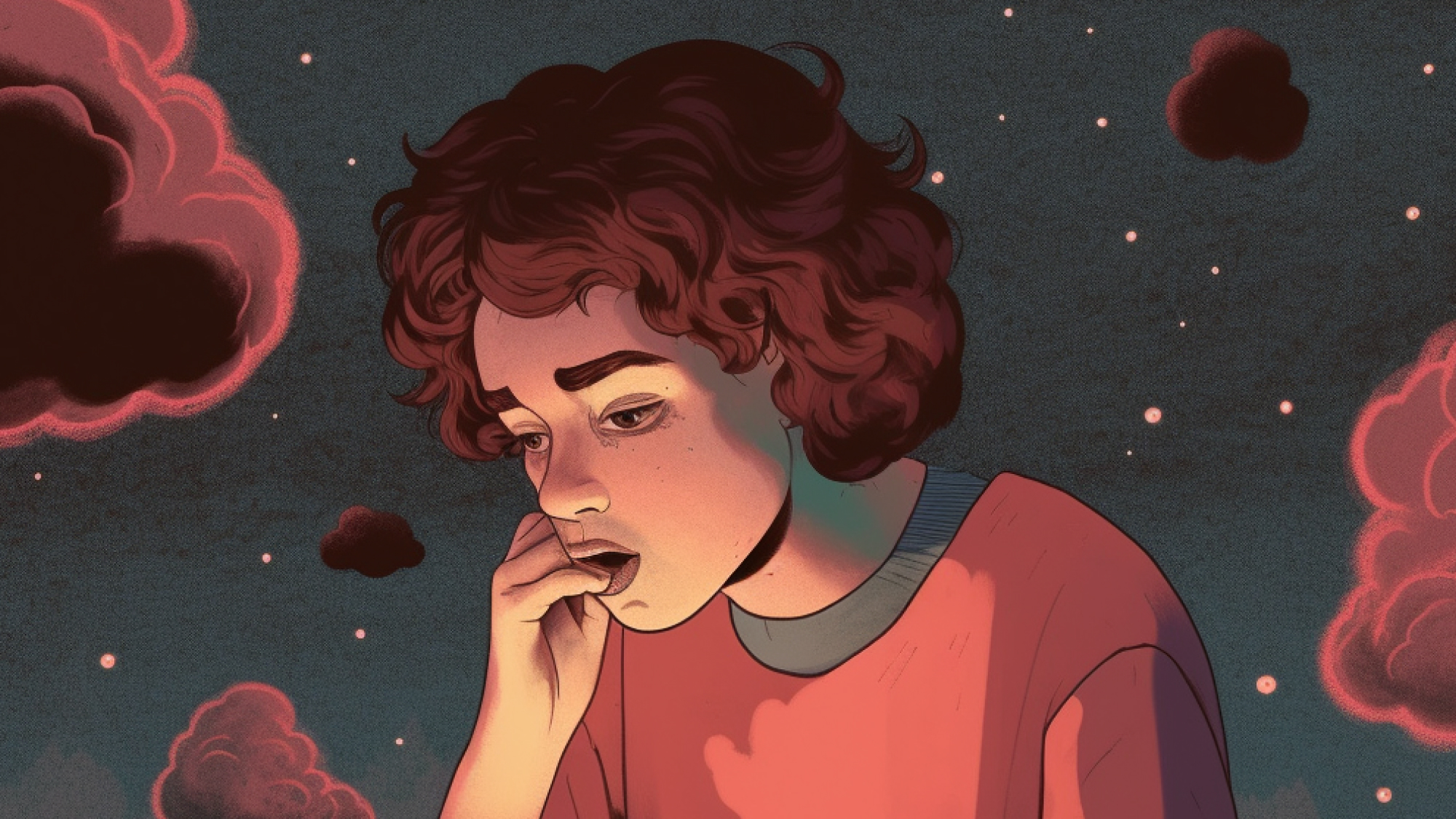
We’re surrounded by negativity. Whether triggered by the news around us or simply the thoughts within us, it’s had to avoid it.
For example, we scroll through our social media and see a flurry of comments. While a majority of them are quite positive in nature, we happen to come across one that rubs us the wrong way, a comment brimmed with negativity. Despite not knowing any of these people and having read all the nice comments right before, we can’t help but let that single negative comment affect our mood for the rest of the day.
Or perhaps another common occurrence is how so many of us look at what we don’t have, lamenting over what we lack instead of being grateful for what we do have, and the abundance of blessings that are there. In this social media-driven world, we compare our lives to others and feel the weight of depressive thoughts hit us more.
While social media is definitely one trigger to higher bouts of depression, in general, why is it that we’re so hardwired for negativity?
What is the Negativity bias?
Unfortunately, the fact of the matter is that despite our best efforts to be positive, studies have shown that negativity, is in fact a part of us. This tendency to focus on the negative is what is known as negativity bias.
When we come across situations, thoughts, emotions, or interactions of both equal intensity (positive and negative), the more negative things in nature may affect our psychology and moods harder than the positive ones.
This negativity bias leads us to put more weight on experiences that are more negative in nature, letting it affect our behavior and mental states more than something that is equally positive.
Also referred to as the positive-negative asymmetry, this bias toward the negative can influence our general thought processes, judgments, and overall emotions.
Why it happens
One crucial explanation as to why the negativity bias exists in the first place is that it may have been a natural evolutionary function for survival.
Think back thousands of years ago, when humans were left to be in the dangerous wilderness, fending for their lives against wild animals and unknown diseases. This constant exposure to imminent threats may have created a biological need to perceive everything as dangerous (aka negative) to help keep us alive. In other words, those who paid attention to the bad things around them were most likely to survive, so as a means of natural selection, these adaptive genes were probably passed down.
Psychology professor Paul Rozin and Senior Lecturer PhD Edward Royzman examined the negativity bias in detail, breaking down why it manifests via the following four concepts:
- Negative potency — This is the idea that the saliency of negative and positive events/experiences/emotions are simply not equal, despite the emotionality or weight of them being equal. According to their study, “negative entities are stronger than the equivalent positive entities.”
- Negative gradients — This refers to the notion that the closer we get to a given event (in space or time), there is a steeper negative gradient effect than a positive one. In other words, we perceive things to be increasingly more negative the closer we get to a negative event, while for positive events, the closer we get to it, the less distinctly positive we feel in comparison.
- Negativity dominance — We naturally view the whole of any given event or experience as much more negative, than the sum of its parts. This means that we have a tendency to lean toward having a negative interpretation of the total event, instead of concentrating on the specific positive or negative components of that experience.
- Negative differentiation — Considering there is plenty of evidence suggesting that negative events/experiences are much more complex than positive ones, our brains are required to use up more cognitive resources to manage and mitigate the consequences of such negativity. As a result, we tend to remember such experiences more, which is why we put more weight on them. This idea of ‘investing more time, energy, and mental resources’ into minimizing such complexity is known as the mobilization-minimization hypothesis.
Although social media has definitely increased negativity through the likes of depression and loneliness, brain studies indicate that we begin to pay attention to negative stimuli as early as three months old to a year. This illustrates that the negativity bias emerges in us long before we become an adult.
What to do about it
As mentioned earlier, the fact that we put more weight on things that are more negative, instead of positive can really impact our decisions, motivations, and interactions at large.
For example, when voting for a presidential candidate or making an impression of a person, it is likely that we may be more inclined to reject a person on the basis of any negative information about that person, rather than accepting them on the basis of hearing something positive.
By letting the negativity bias skew our judgments and decisions, we run the risk of losing valuable opportunities to get to know genuinely amazing people, seize moments, and miss potentially life-changing opportunities.
Therefore, to combat the negativity bias, we need to learn to be more mindful through meditation, as a study done in 2011 by Laura G Kilken and Natalie J. Shook demonstrated that practices of mindfulness increased positive judgments, engaging higher levels of optimism. Other studies have shown that mindfulness also helped to promote positive emotions in a person as well.
In addition to this, if we learn to be more aware of the negativity bias, we may be able to cleverly make it work in our favor. Studies have shown that when it comes to the motivation of completing a task, we are more driven to do so when avoiding a loss, rather than to achieve a gain. If we can thoughtfully learn to leverage the negativity bias by framing the motivation in a way to avoid losing out on something, we may be more inclined to complete a given task and in turn, be more productive.
Although we’re stuck with the negativity bias at an early age, we do not need to be defined by it. As long as we are mindful of our behaviours and decisions, we can learn to take control of our lives more intelligently.










